Best Times for Wasp Control
Effective wasp control begins with understanding their active periods. Wasps are most active during warmer months, typically from late spring through early fall. The optimal time for control efforts is usually in late spring to early summer, before colonies reach their peak size. Addressing wasp nests early can prevent significant problems later in the season.
Early intervention in spring can prevent colonies from establishing and growing. Wasp activity begins as temperatures rise, making it an ideal time for targeted control measures.
Mid to late summer is when colonies are at their largest. Control efforts during this period can reduce the number of wasps and minimize stings and nuisance.
In fall, wasps become less active, but nests may still pose risks. Late-season control can help remove remaining colonies before winter.
Wasp colonies start from a single queen in spring and expand rapidly. Monitoring and control should begin early to prevent exponential growth.

A wasp queen begins a new colony, often in sheltered locations.
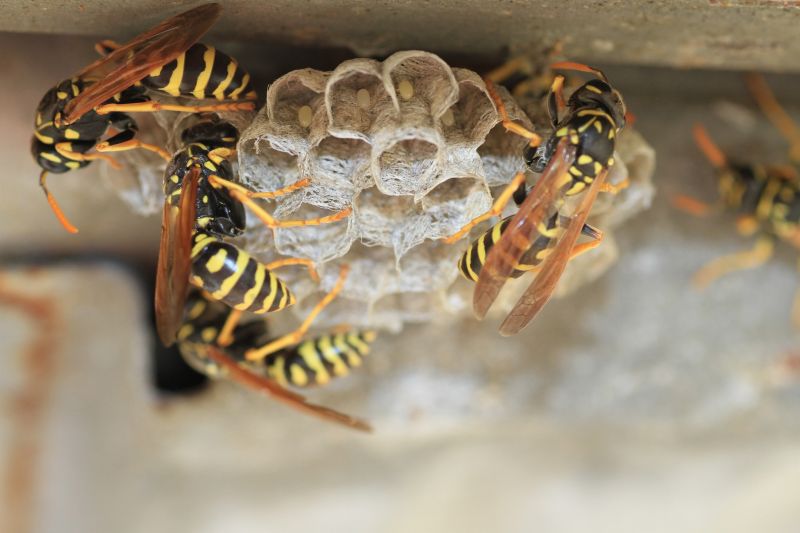
Large colonies with numerous workers are active, especially during warm days.
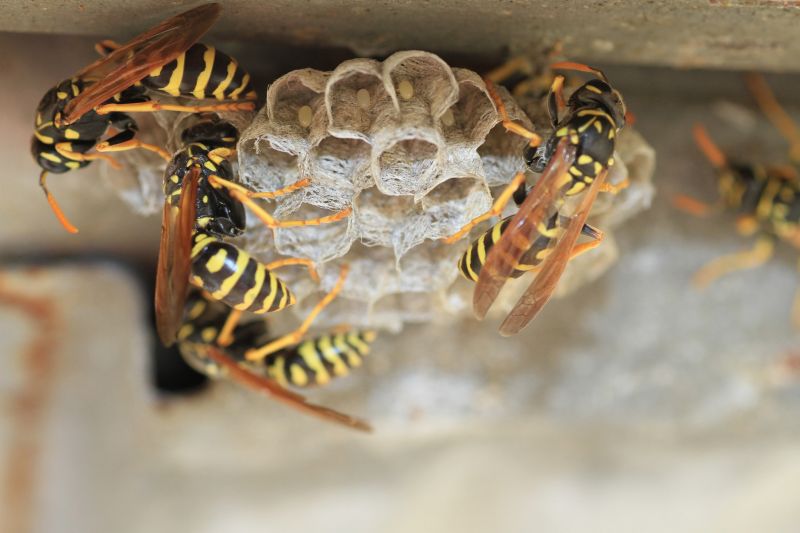
Nests become less active as temperatures drop, but pose risks if not removed.
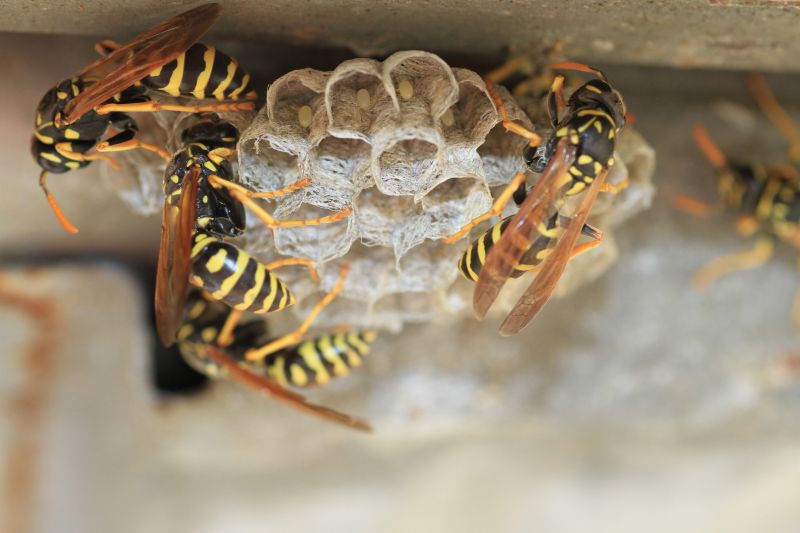
Tools and products used for effective nest removal and control.

Common location for nests, often hidden in branches or cavities.
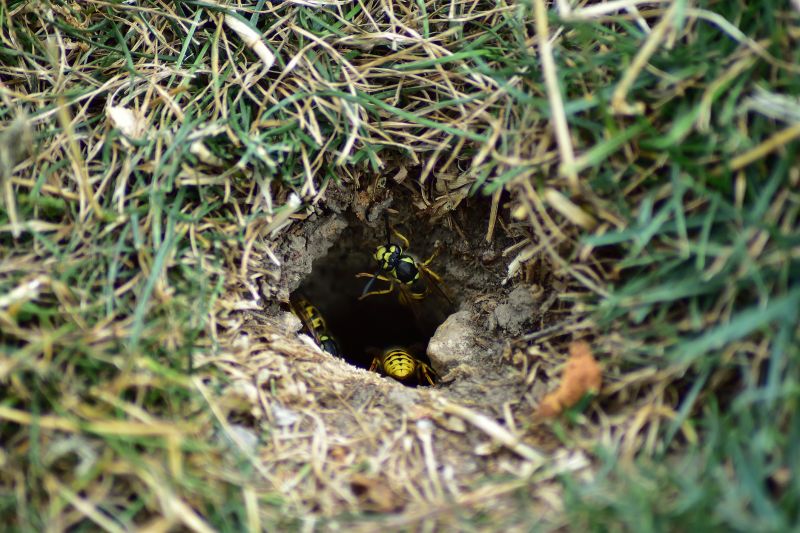
The small opening where wasps enter and exit their nest.

Large groups of wasps gathering around nests or food sources.
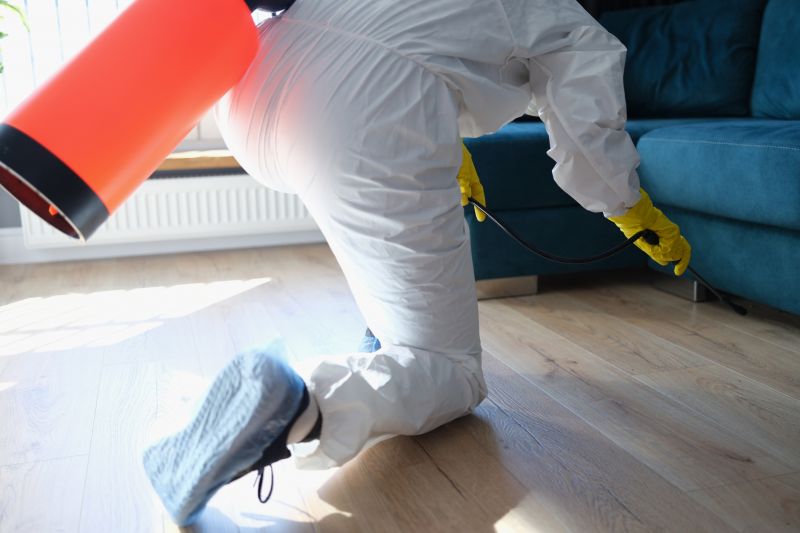
Technicians applying control measures to a wasp nest.
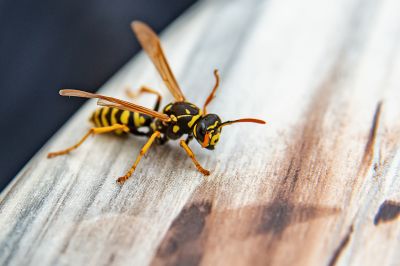
Detailed image showing wasps in flight near a nest.
| Season | Wasp Activity Level |
|---|---|
| Spring | Low to moderate, increasing |
| Early Summer | Moderate to high |
| Mid Summer | Peak activity and colony size |
| Late Summer | Declining activity, colony diminishes |
| Fall | Low activity, nests less active |
Wasp control strategies are most effective when timed appropriately according to their lifecycle and activity patterns. Early intervention in spring can prevent the establishment of large colonies, reducing the risk of stings and property damage. Summer control targets the peak activity period, helping to manage large colonies before they cause significant nuisance. Fall control focuses on removing remaining nests, minimizing risks as wasps become less active and prepare for winter.
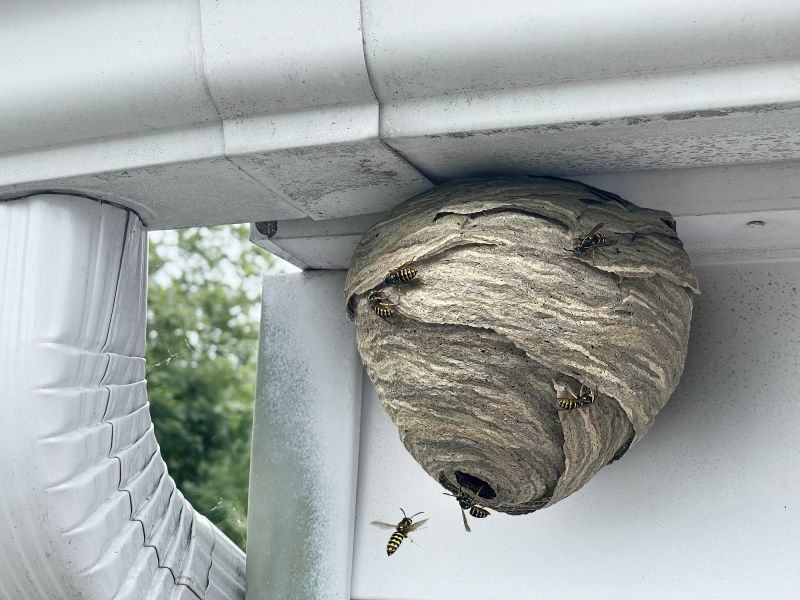
Tools used for safe and effective nest removal.

Nests can be hidden in various structures, requiring careful inspection.

Wasps are attracted to sweet foods and sugary drinks.

Professional intervention ensures safe removal and control.
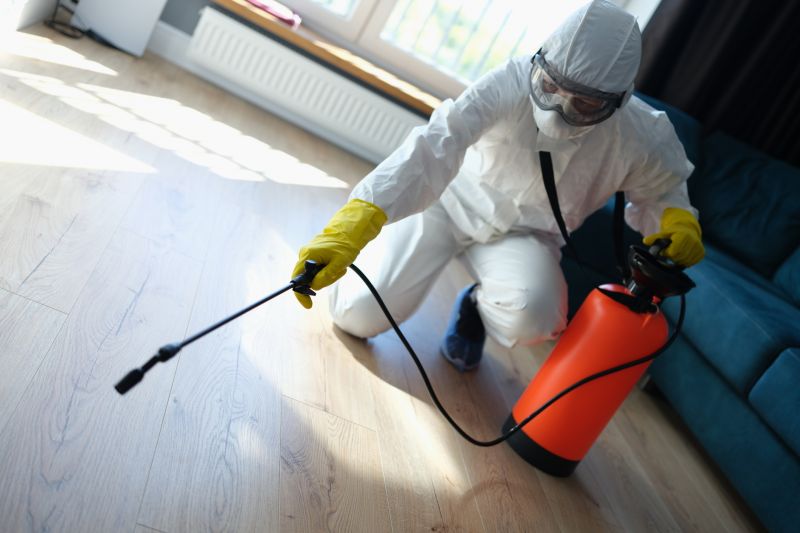
Popular materials for Wasp Controls and why they hold up over time.
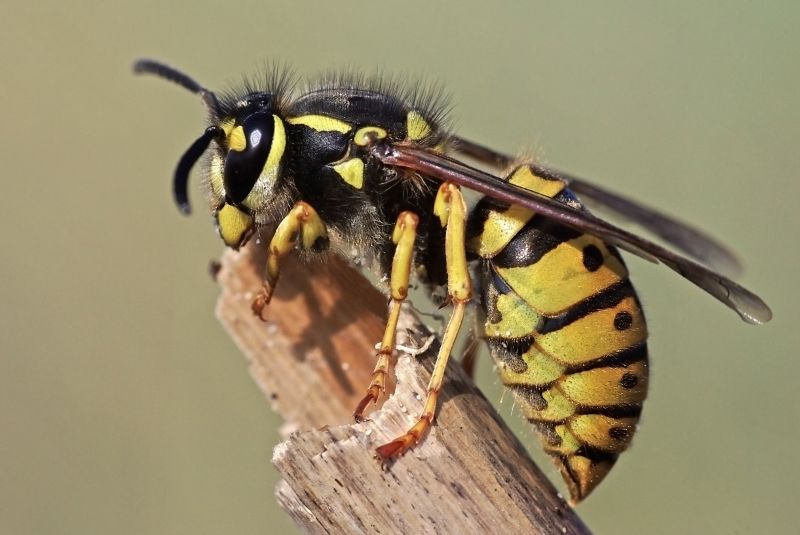
Simple add-ons that improve Wasp Controls without blowing the budget.
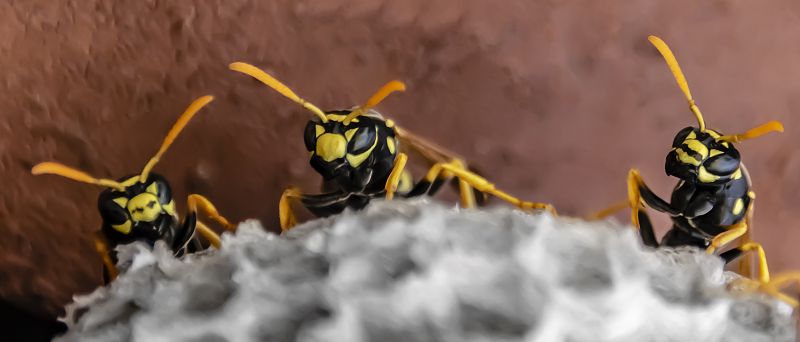
High-end options that actually feel worth it for Wasp Controls.
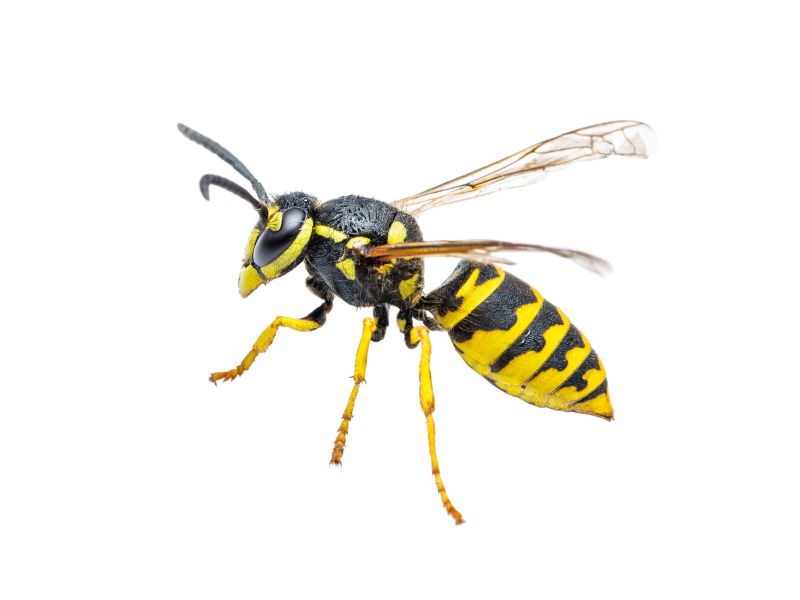
Finishes and colors that play nicely with Wasp Controls.
Timing is critical for effective wasp control. Early detection and removal of nests can prevent colonies from reaching their full size, reducing the likelihood of stings and property damage. Regular inspections during active months can help identify nests early and plan control measures accordingly. If wasps are a recurring problem, a professional assessment can provide tailored strategies to address specific situations.
Individuals interested in managing wasp populations effectively are encouraged to contact for further guidance and assistance. Proper timing and control methods ensure safety and reduce the impact of wasps during their active seasons.



